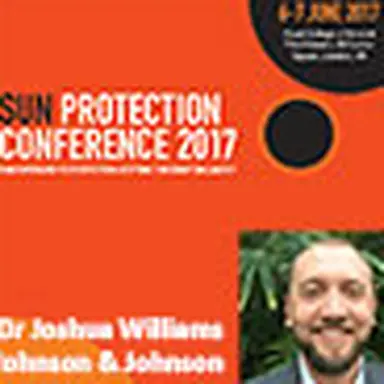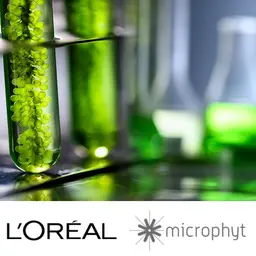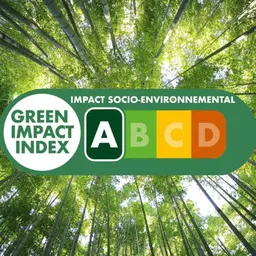
SPF30, SPF50, SPF50+… A common assumption is that the protection they provide is not that different from what gross figures suggest. At the Sun Protection Conference held in London on June 6-7, 2017, Dr Joshua Williams, of Johnson & Johnson, went against this idea, presenting studies showing the advantages of very high SPF (100+), compared to standard and regulatory 50+.
As an introduction to his presentation, Dr Williams reiterated what an SPF is: a level on a protection scale used as a marker for consumers to choose their own sunscreen, and whose clinical efficacy is determined by laboratory tests. These tests offer the advantage of being reproducible, but they are carried out under conditions which are not necessarily transposable to the real conditions of use of the products. And this is crucial, since it means the SPF displayed is never really the same as the actual SPF…
Protection differentials
Taking into account what the SPF really means, Dr Williams reminded that it is estimated that an SPF30 blocks 96.7% of UV rays, when an SPF50 blocks 98% of them, and an SPF100, 99%.
However, to him, what matters is not really what is blocked, but rather what does “get through” and creates these well-known damages on the skin: for an SPF30, 3.3% of UV rays, 2% for an SPF50, and 1% for an SPF100.
We can deduce the differential between an SPF50 and an SPF100 is of 1%. So, the question is: is it necessary to boost sunscreen protection to the maximum, filling products with UV filters to obtain such …











